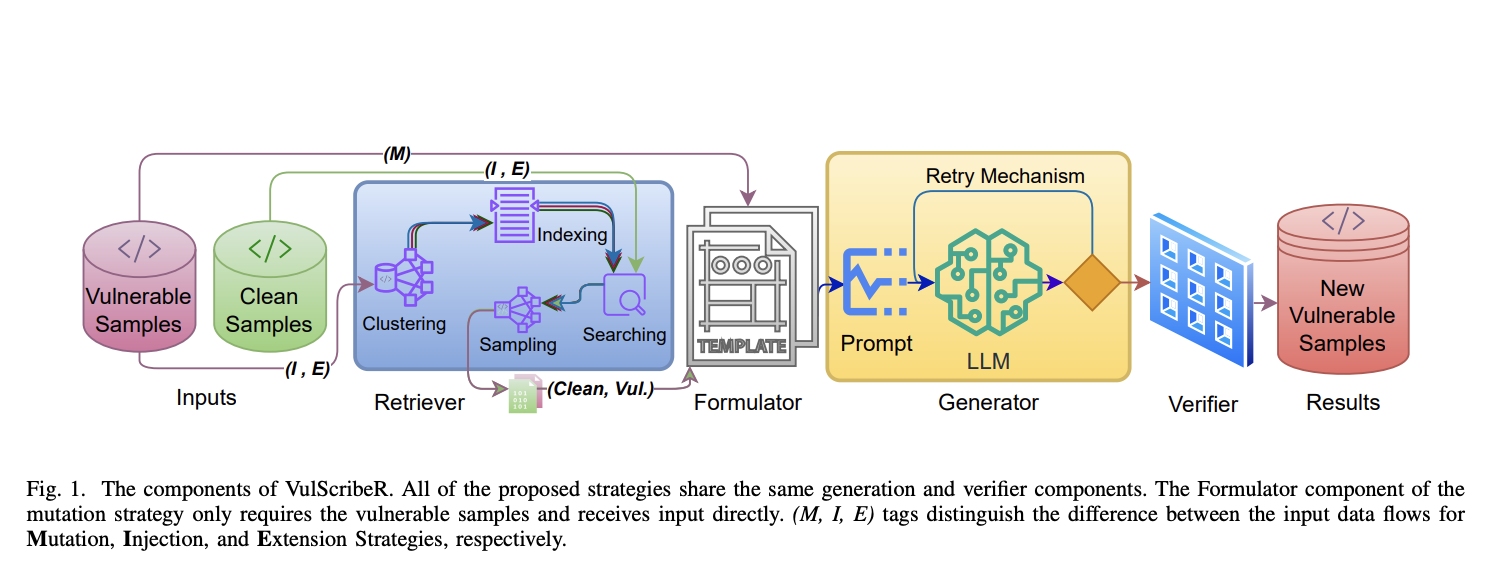
Practical Solutions for Vulnerability Detection
Automated Tools for Detecting Vulnerabilities
In software engineering, detecting vulnerabilities in code is crucial for ensuring the security and reliability of software systems. Automated tools have become increasingly important as software systems grow more complex and interconnected.
Challenges in Developing Automated Tools
The lack of extensive and diverse datasets has been a significant challenge in developing deep learning-based vulnerability detection (DLVD) models. Without sufficient data, these models struggle to accurately identify and generalize different types of vulnerabilities.
Introducing VulScribeR
VulScribeR is a novel approach designed to address the challenges of generating diverse and realistic vulnerable code samples. It employs large language models (LLMs) and advanced techniques such as retrieval-augmented generation (RAG) and clustering to enhance the diversity and relevance of the generated samples, making them more effective for training DLVD models.
Performance of VulScribeR
VulScribeR has demonstrated significant improvements over existing methods, achieving impressive results in generating high-quality, diverse datasets that enhance the performance of DLVD models.
Evolve Your Company with AI
Advantages of VulScribeR
VulScribeR provides a practical solution to the data scarcity problem in vulnerability detection by generating diverse and realistic vulnerable code samples. Its innovative use of LLMs and advanced data augmentation techniques represents a significant advancement in the field.
AI Implementation Steps
To evolve your company with AI, it’s important to identify automation opportunities, define KPIs, select an AI solution, and implement gradually. Connect with us for AI KPI management advice and continuous insights into leveraging AI.
Redefined Sales Processes and Customer Engagement
Discover how AI can redefine your sales processes and customer engagement. Explore solutions at itinai.com for continuous insights into leveraging AI.

























